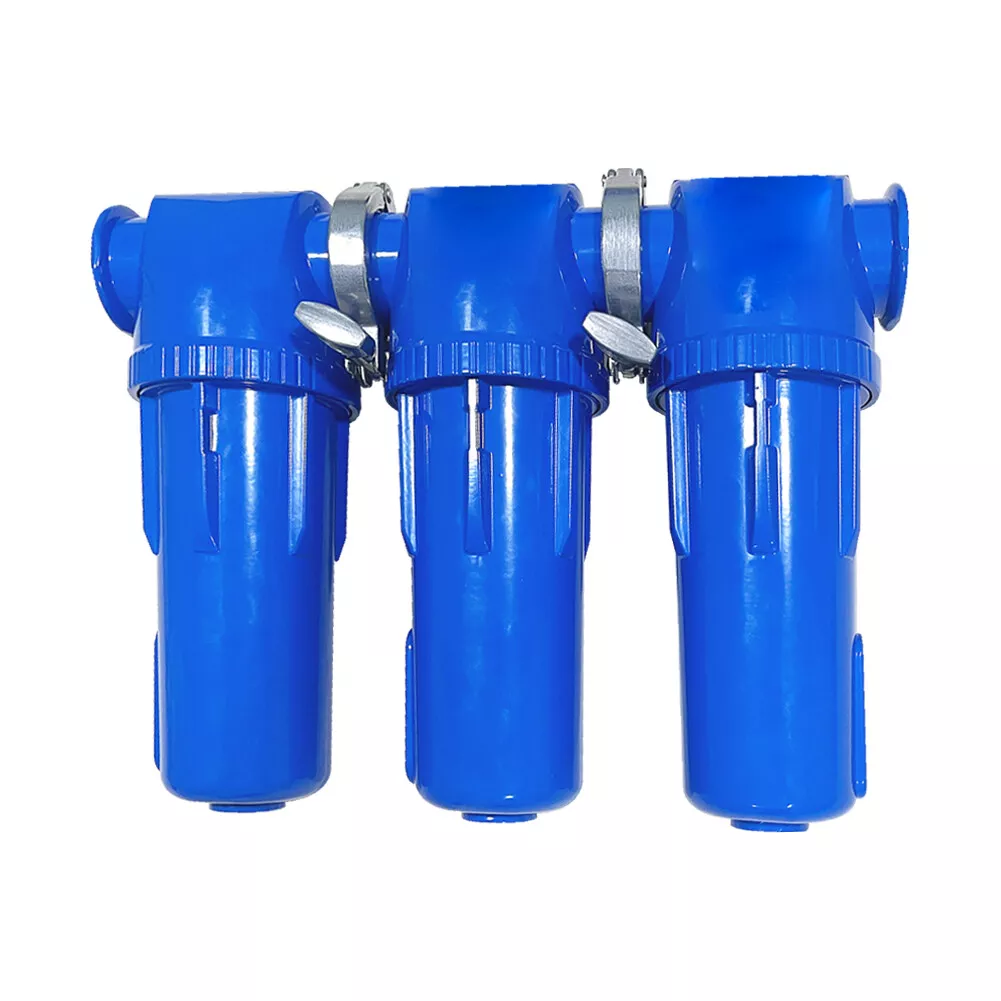
Introduction
Air filters are essential components in various systems and industries, playing a crucial role in maintaining air quality. They remove particulate matter, contaminants, and impurities from the air, ensuring clean and healthy conditions for different applications. Understanding the wide range of uses and key factors in selecting an air filter is vital for optimizing performance and protecting equipment and environments.
Working Principle and Applications
Working Principle
Air filters function based on different filtration mechanisms. The most common types include:
● Mechanical Filtration – Uses a porous medium, such as fiberglass or synthetic fibers, to physically trap particles as air passes through.
● Electrostatic Filtration – Utilizes an electrostatic charge to attract and capture particles.
● Adsorption Filtration – Contains activated carbon to remove odors, gases, and volatile organic compounds (VOCs) by adsorbing them onto the filter material.
The HPDMC Particulate Air Filter Air Drying System integrates multiple filtration technologies to achieve high levels of air purification.
Applications
Industrial Air Supply
Clean air is crucial for industrial settings to ensure machinery functions properly and workers remain safe. Air filters in compressed air systems prevent contaminants from entering pneumatic tools and equipment. In precision manufacturing, even tiny airborne particles can damage sensitive components or compromise product quality. The HPDMC air filter, with its various filter grades—such as F9 for coarse pre-filtration and F1 for odor removal with activated carbon—can be customized to meet specific air quality requirements.
HVAC Systems
Heating, Ventilation, and Air Conditioning (HVAC) systems rely on air filters to enhance indoor air quality. They remove dust, pollen, mold spores, and allergens, creating a cleaner and healthier environment. In commercial spaces such as offices, hotels, and hospitals, high-quality air filters are essential for preventing airborne diseases and ensuring a comfortable atmosphere. The HPDMC filter, with an airflow capacity of 105 CFM (3 Nm3/min), ensures efficient air circulation and filtration in HVAC systems.
Medical and Pharmaceutical Facilities
Air quality is critical in medical and pharmaceutical settings. Air filters in clean rooms, operating theaters, and laboratories help maintain sterile conditions by preventing bacteria, viruses, and other contaminants from entering. The HPDMC filter, with filtration ratings as low as 0.01 microns, is designed to meet the stringent requirements of these sensitive environments.
Food and Beverage Processing
The food and beverage industry relies on clean air to prevent product contamination. Air filters are used in production areas, packaging lines, and storage facilities to eliminate airborne particles and microorganisms. For example, in bakeries, air filters prevent flour dust from spreading and contaminating products. The HPDMC filter, designed to operate within a temperature range of 41 - 140°F (5 - 60°C), is ideal for food processing applications.
Electronics Manufacturing
The production of electronic components requires a dust-free environment to prevent defects. Cleanroom air filters protect sensitive electronics from contamination, as even a single particle can cause short circuits or damage microchips. The HPDMC air filter, compatible with different screw machines (30 HP, 3m³ capacity), ensures high-precision filtration, making it a valuable asset in electronics manufacturing.
Key Considerations for Selecting an Air Filter
Filtration Efficiency
Filtration efficiency determines a filter’s ability to capture particles of various sizes. Applications requiring ultra-clean air, such as electronics manufacturing and medical facilities, need high-precision filters like the 0.01-micron and 0.1-micron options available in the HPDMC filter. In less critical applications, a lower filtration efficiency may suffice, balancing cost and energy consumption.
Airflow Capacity
The required airflow capacity varies by application. For example, HVAC systems must handle large air volumes efficiently. If a filter’s airflow capacity is too low, it can cause a pressure drop, reducing system efficiency. The HPDMC filter’s 105 CFM (3 Nm3/min) capacity is designed to meet diverse application needs, but it’s essential to ensure compatibility with your specific system.
Pressure Drop
Pressure drop refers to the difference in pressure before and after air passes through the filter. A high-pressure drop increases energy consumption as systems work harder to push air through. Filters with low-pressure drop designs are more energy-efficient. The filter’s media porosity and overall design significantly impact pressure drop, so selecting an optimized filter can minimize energy waste while maintaining effective filtration.
Filter Lifespan and Maintenance
Longer filter life reduces replacement frequency, lowering maintenance costs and downtime. Some filters are designed for easier cleaning or replacement. The HPDMC filter’s lifespan depends on operating conditions, but its design ensures straightforward maintenance. Regular inspection and timely replacement are necessary to maintain optimal performance.
System Compatibility
The air filter must be compatible with the system’s size, connection type, and operating parameters. The HPDMC filter features an NPT 1 - 1/2" output pipe diameter and operates within a pressure range of 0 - 10 Bar (0 - 145 psi). Ensuring proper compatibility prevents leaks, inefficiencies, and potential system failures.
The Particulate Air Filter Air Drying System Manual Drain in NPT 1-1/2" Thread 3m³ features an operating pressure range of 0 - 10 Bar (0 - 145 psi) and an output pipe diameter of NPT 1 - 1/2". It has an airflow capacity of 105 CFM (3 Nm³/min) and operates within a temperature range of 41 - 140°F (5 - 60°C).
This system includes various filter types with different precision levels, including P Class (0.1 PPM), Q Class (1 PPM), and S Class (0.01 PPM) filters. Additionally, it offers multiple filter grades, such as:
● F9 – Coarse Pre-Filtration
● F7 – General Filtration
● F5 – High-Performance Filtration
● F3 – Enhanced High-Performance Filtration
● F1 – Odor Removal with Activated Carbon
The system also features a manual drain with an NPT 1 - 1/2" thread, allowing for the efficient removal of condensed moisture—an essential function for preserving filter performance and extending its lifespan.
